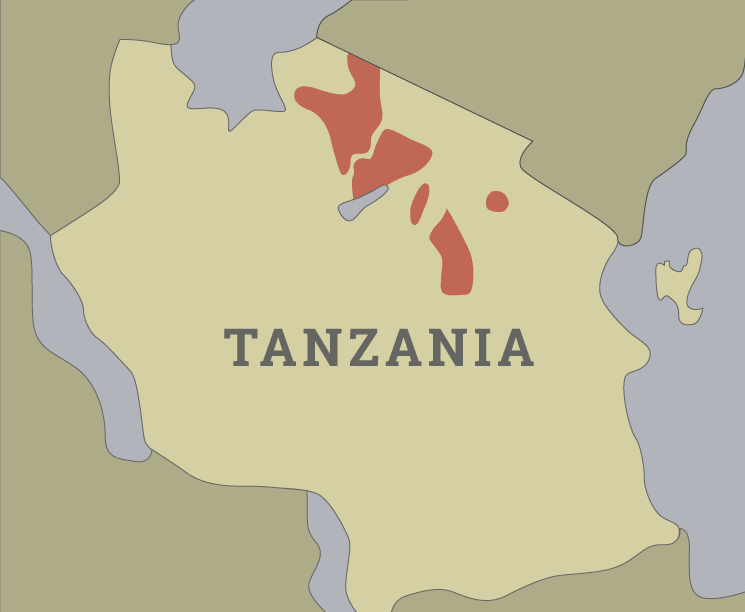Memory Cards & Hard Drives
Back in the day, photographers had to carry dozens of canisters of film into the bush with them in Africa or risk running out. Today, it's memory cards. Overlooking this seemingly small detail can lead to huge disappointment.
I'll leave it up to you to identify what kind of cards you need, which are often specific to your camera type. But note that there are no camera stores on the corner of Serengeti and Serengeti. In fact, there is really only one in Arusha. So here are your choices. Some people opt to buy one or two large capacity media cards for their cameras and go with that. This can be limiting. For starters, you are going to shoot more pictures on this trip than you ever have before. Trust me on this. So you can never have enough media storage. Second, cards sometime corrupt. This is not the end of the world (see next section) but it can render that card useless in the field. So trying to cram all of of your photography on one or two cards is potentially dangerous. Many photographers take a LOT of cards with them. Some shoot until the card is full and set it aside until they get home and use a new card after that and so on. This is probably the most "space economical" way to do it. The downside? The cards are small, easily lost and you have no backup. Other photographers take laptops with them into the bush. This way they can view their pictures at night (a rewarding activity) and dump their cards to a portable hard drive. Then they reuse the cards. There are portable hard drives out there that are as small as a matchbook which can hold up to a terabyte or more of information. Downside? You typically have to take a laptop (weight) and again you have no backup.
Here's what I do. I take a lot of cards and unless I absolutely need to reuse them, I don't. I usually shoot about 50 gigs of pictures a day on safari. But that's me. And I shoot RAW images, which you may or may not be familiar with but they result in bigger files. If you are the typical safari guest you will most likely shoot JPEGs and they result in much smaller files. I take a small laptop with me AND I take one of those matchbook sized solid state hard drives with me. I use the laptop to watch movies on the plane on the way over, etc. and then use it to transfer pictures when in the field... and, among other things I like to communicate with home. This gives me the original cards I shot on AND a small hard drive backup of my pictures. On the way home the hard drive goes into my luggage and the cards stay with me. I can't imagine losing those great images! And I never have.













